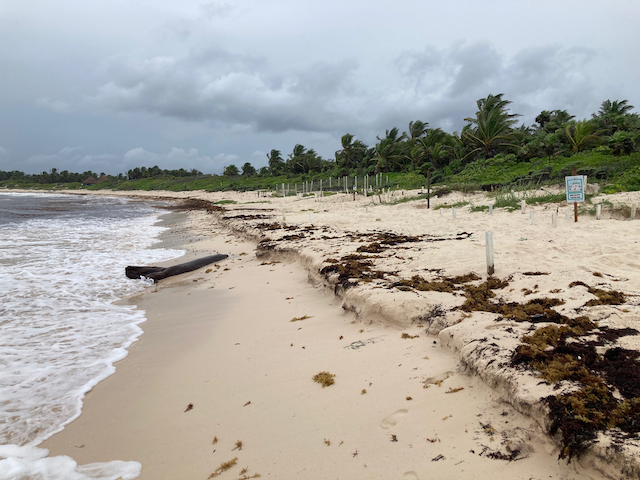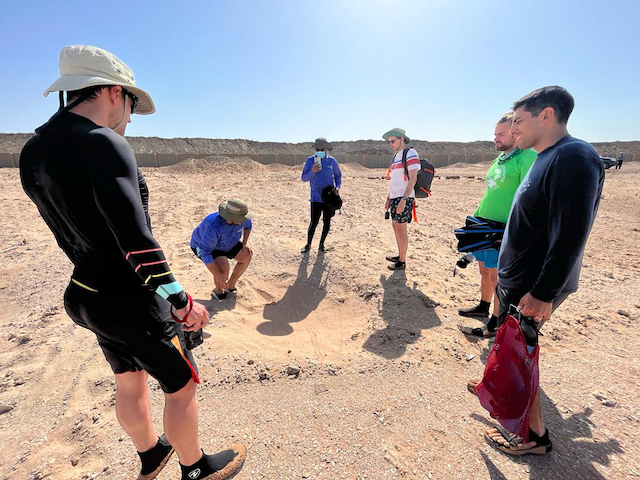Nature-based solutions to enable sea turtle nesting on sandy beaches
Sea turtles form an important part of marine ecosystems worldwide, but unfortunately six of seven species are endangered (IUCN, 2021). Climate change and human activity pose many different challenges to sea turtles, including the flooding and erosion of their nesting habitat, sandy beaches (Patricio et al., 2021). Although sea turtles have successfully evolved and adapted to habitat changes over millions of years, their slow population growth rates mean they are unable to recover quickly from population declines. This makes them particularly vulnerable to relatively fast-paced changes to their nesting habitat, such as current human and climate-induced effects on nesting beaches (e.g., sea level rise and coastal development) (Fish et al., 2005).
An imminent threat is the flooding and erosion of nesting beaches during events with high water levels and/or waves (e.g., storms and tropical cyclones). Incubating nests can get inundated or even washed out, significantly decreasing hatching success (Pike & Stiner, 2007). Furthermore, storm erosion can significantly alter beach morphology, which may affect nesting over several seasons. On longer time-scales, structural erosion and coastal squeeze may gradually diminish the amount of nesting habitat available to sea turtles (Fish et al., 2005). These threats are expected to intensify in the future, because many nesting beaches lie in (1) the tropics, the most vulnerable zone to increased future coastal flooding due to sea level rise (Vitousek et al., 2017); (2) regions prone to tropical cyclone activity (Pike & Stiner, 2007); and (3) developing countries, where coastal areas are expected to become increasingly developed in the future.
Nature-based solutions—for example, through turtle-friendly design of sand nourishments or by adding coastal vegetation or reefs to limit flooding and erosion—may offer promising opportunities to preserve and even expand nesting habitats. The goal of this research project is to develop nature-based solutions that enable sea turtle nesting by improving nesting suitability and mitigating flooding and erosion of nesting beaches.
Contact
If you have any questions about the this project, please contact Jakob Christiaanse, PhD researcher (j.c.christiaanse@tudelft.nl). The project is supervised by Dr. José A. A. Antolínez (j.a.a.antolinez@tudelft.nl) and Prof. dr. ir. Stefan Aarninkhof (s.g.j.aarninkhof@tudelft.nl).





